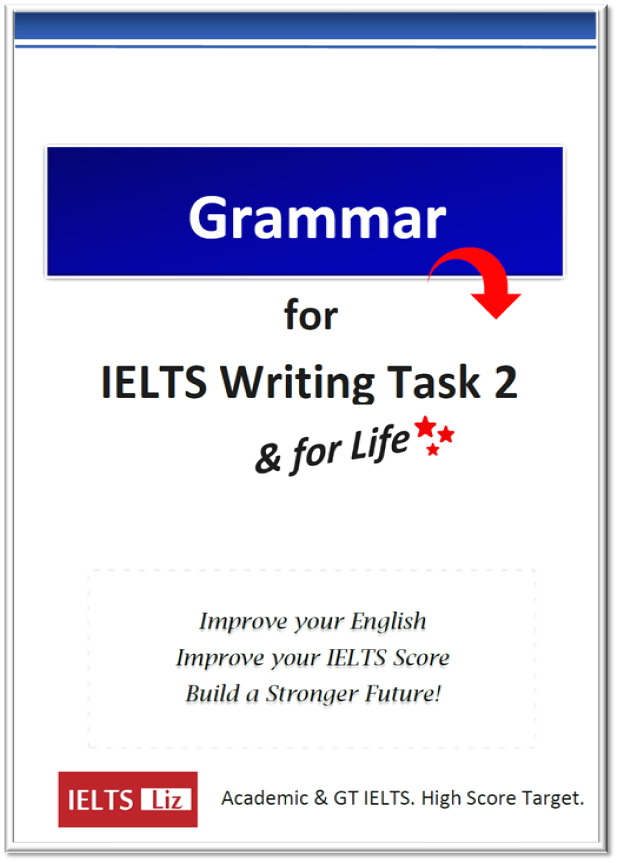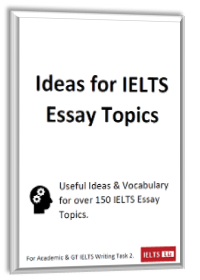Yes, spelling is crucial in IELTS listening.
IELTS Listening scores are based on correct answers. This means for each question you answer correctly, you get one point. You don’t lose points for incorrect answers.
To get an answer correct, it must be spelled correctly. Any answer that is not spelled correctly will be marked wrong. IELTS accept both American and British English spelling.
Correct spelling includes the use of hyphens when necessary and knowing when compound nouns are written as one word.
Lessons for improving your Spelling
Click on the links below to practice your spelling:
- spelling practice with vocab
- spotting spelling mistakes
- spelling practice with city names
- spelling practice for English names: free video with tips
- listening practice for letters
How to improve your spelling
- Once way to improve your spelling is learning by heart. This means writing words down again and again until you can spell them correctly. Improve your vocabulary for IELTS with appropriate words lists for topics.
- Use spell checker on your laptop. When you do this, make sure you write down the list of words that you got wrong.
- When you write an essay at home, underline words that you think might be spelled wrong. Check them in a dictionary.
- Read more. Most people find that the more you read, the better your spelling will become. However, this is a passive method of learning and can take time. If you are short of time, then be active and make spelling lists.
- Use free spelling websites. You can find a link to one on this page: Useful Websites and Links for IELTS
- There is no quick easy way to improve your spelling, it takes time and dedication by you.
Main IELTS Pages
Develop your IELTS skills with tips, lessons, free videos and more.




